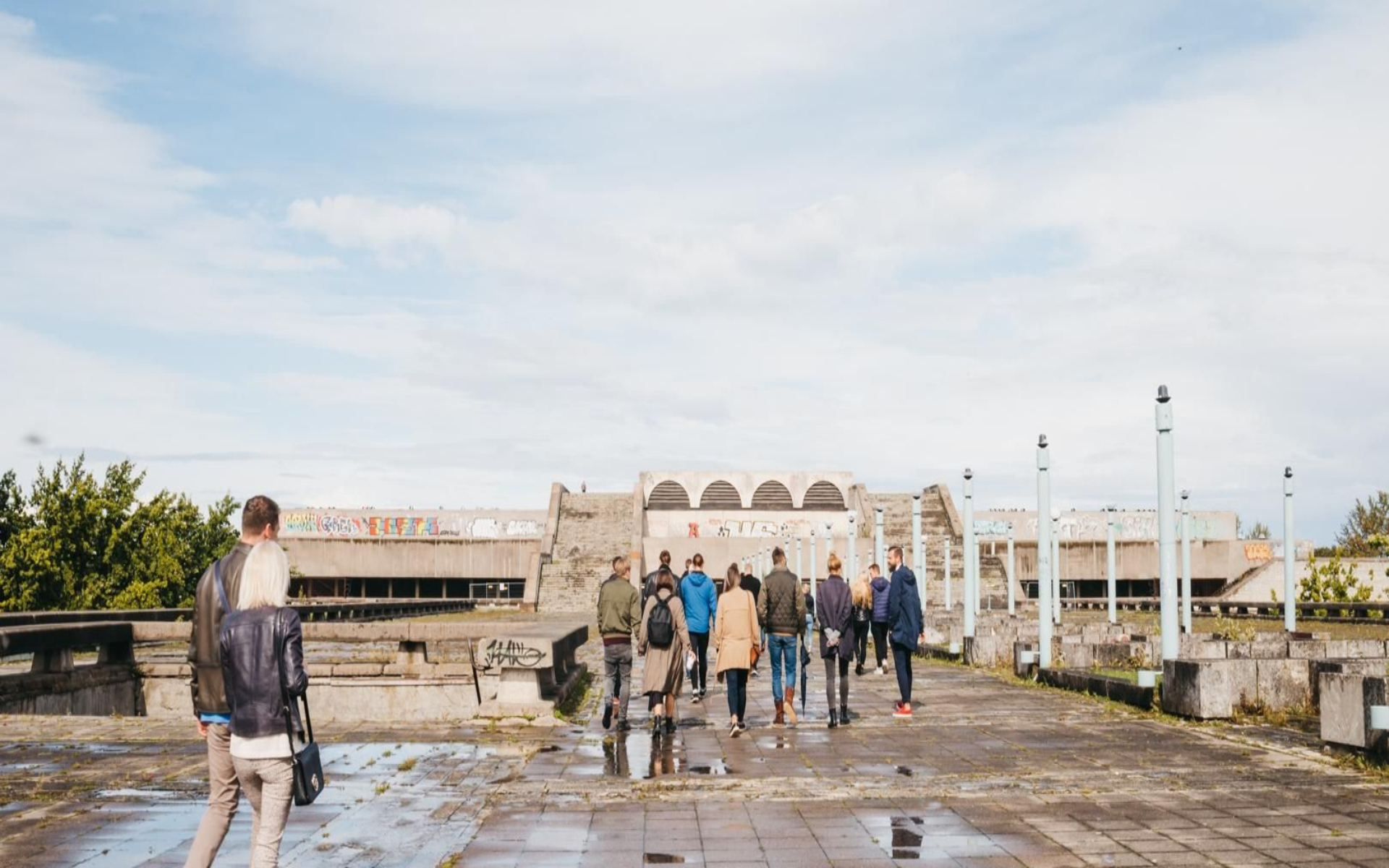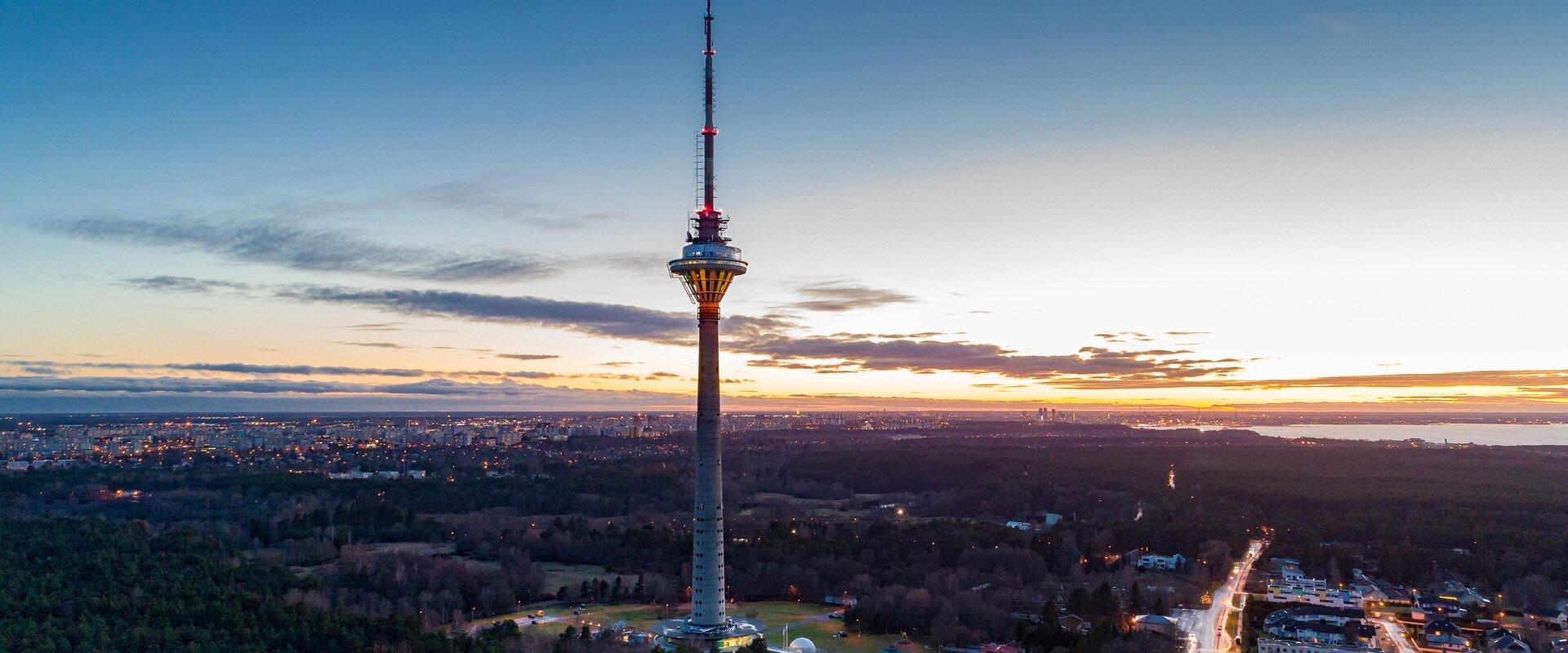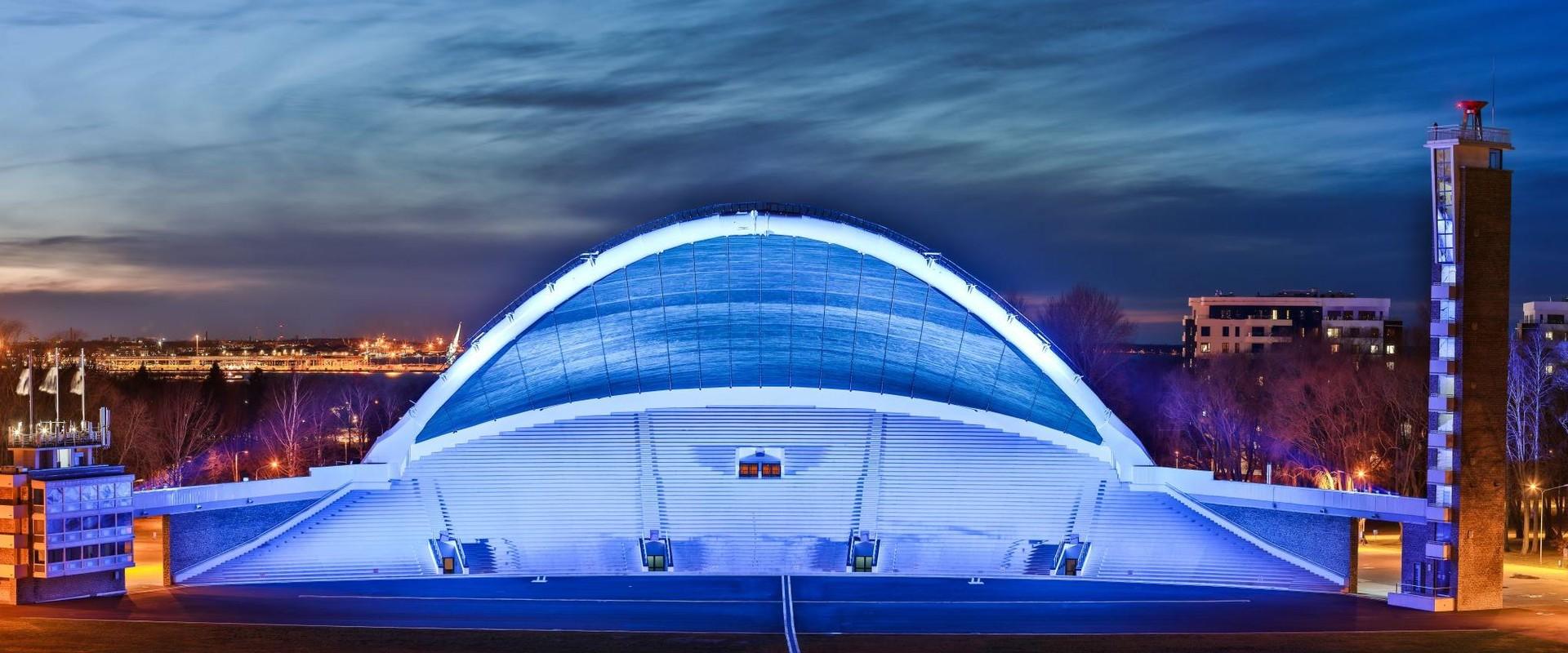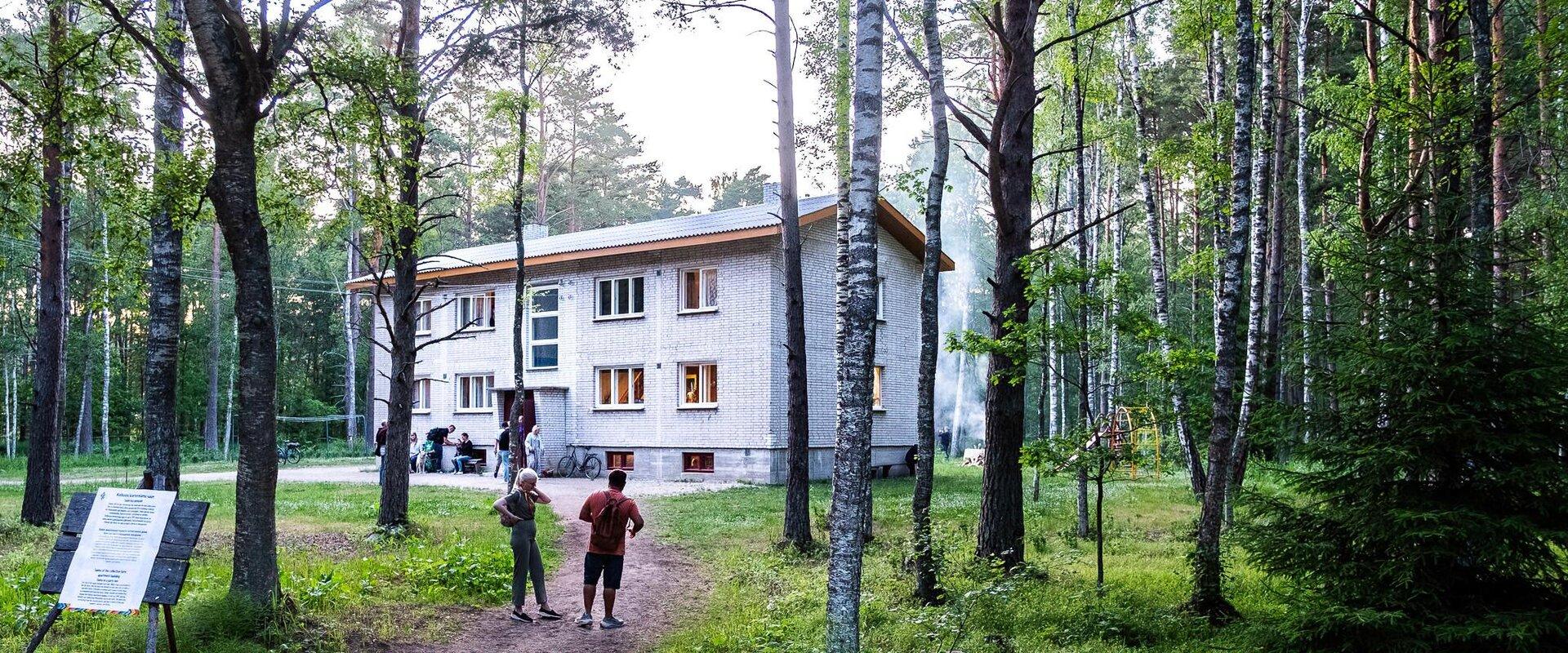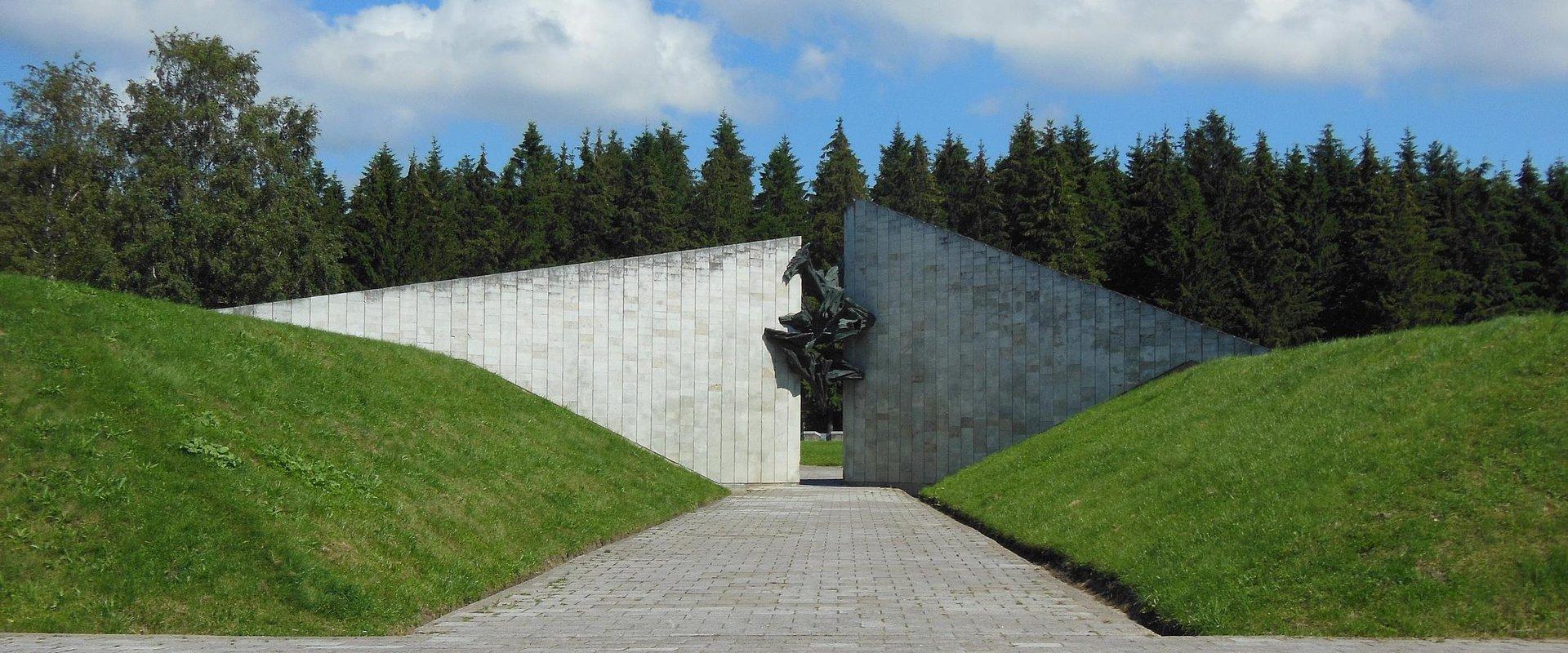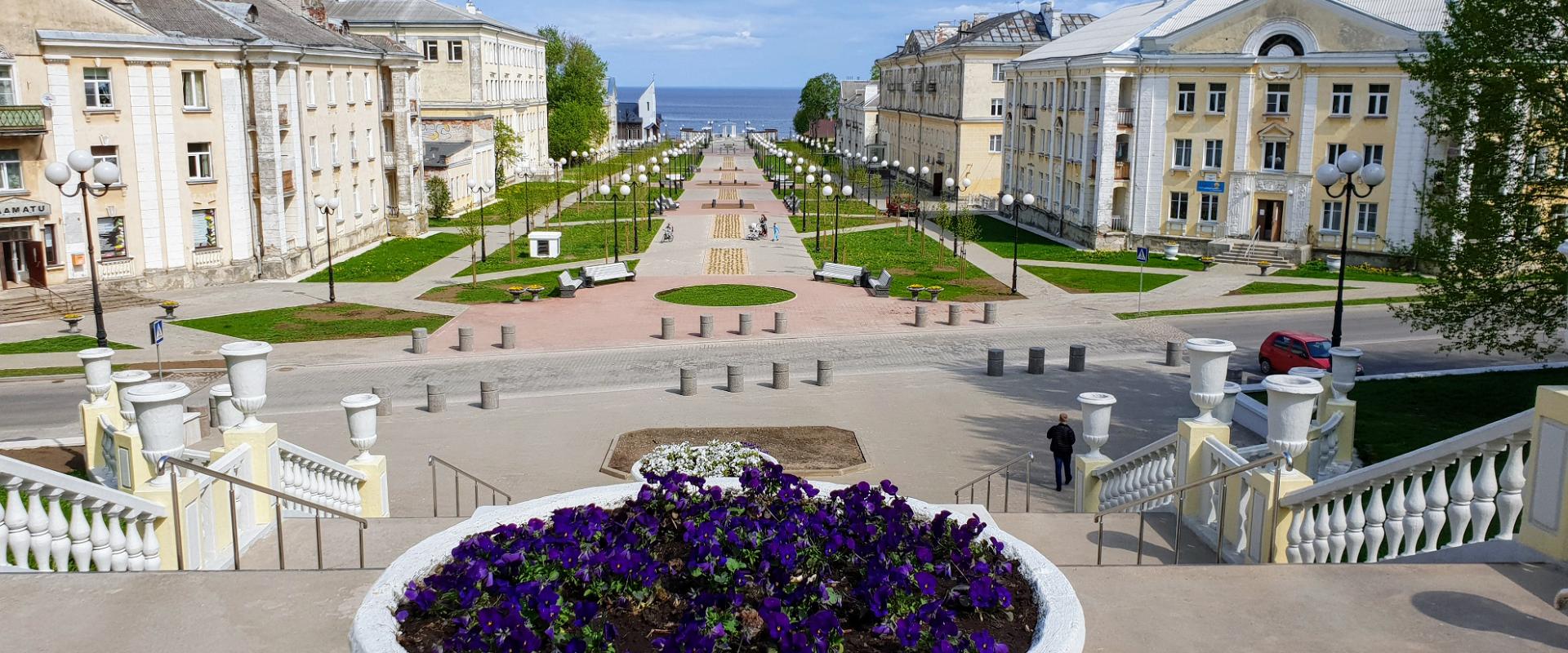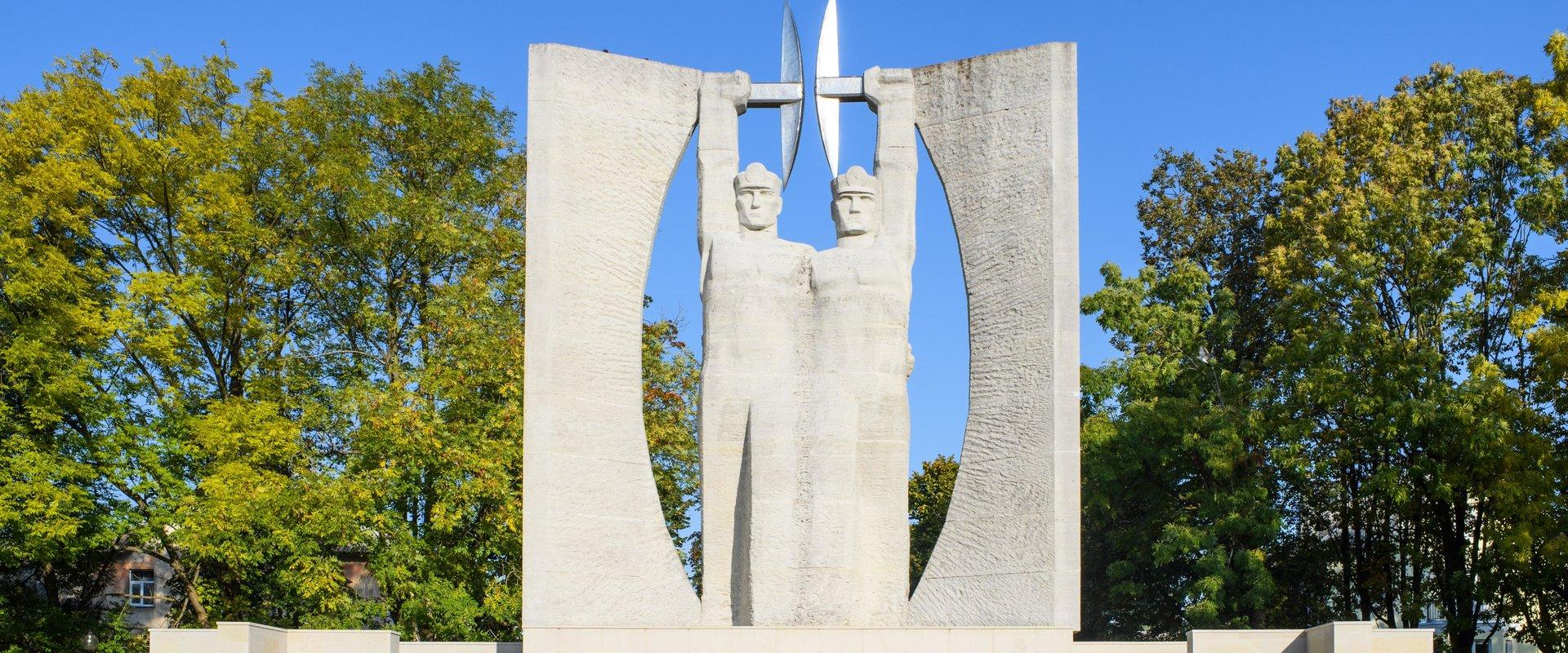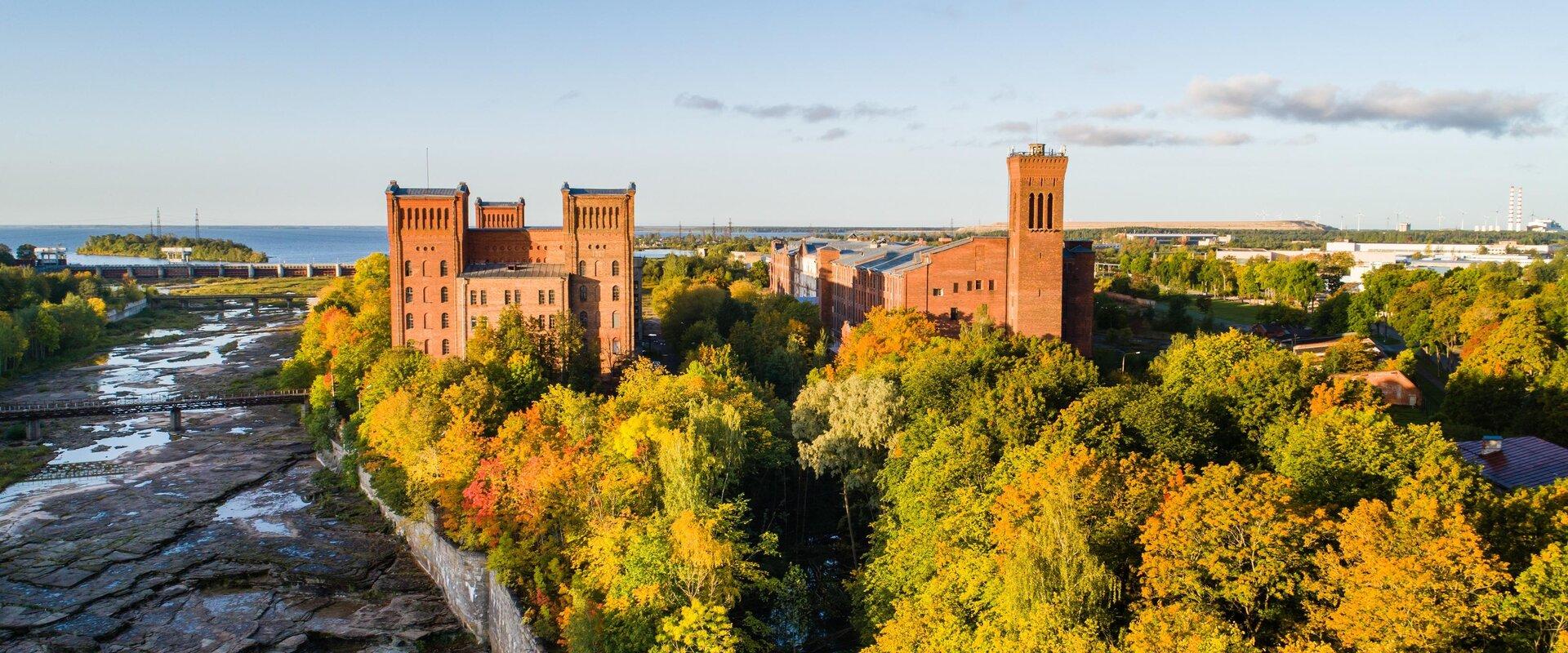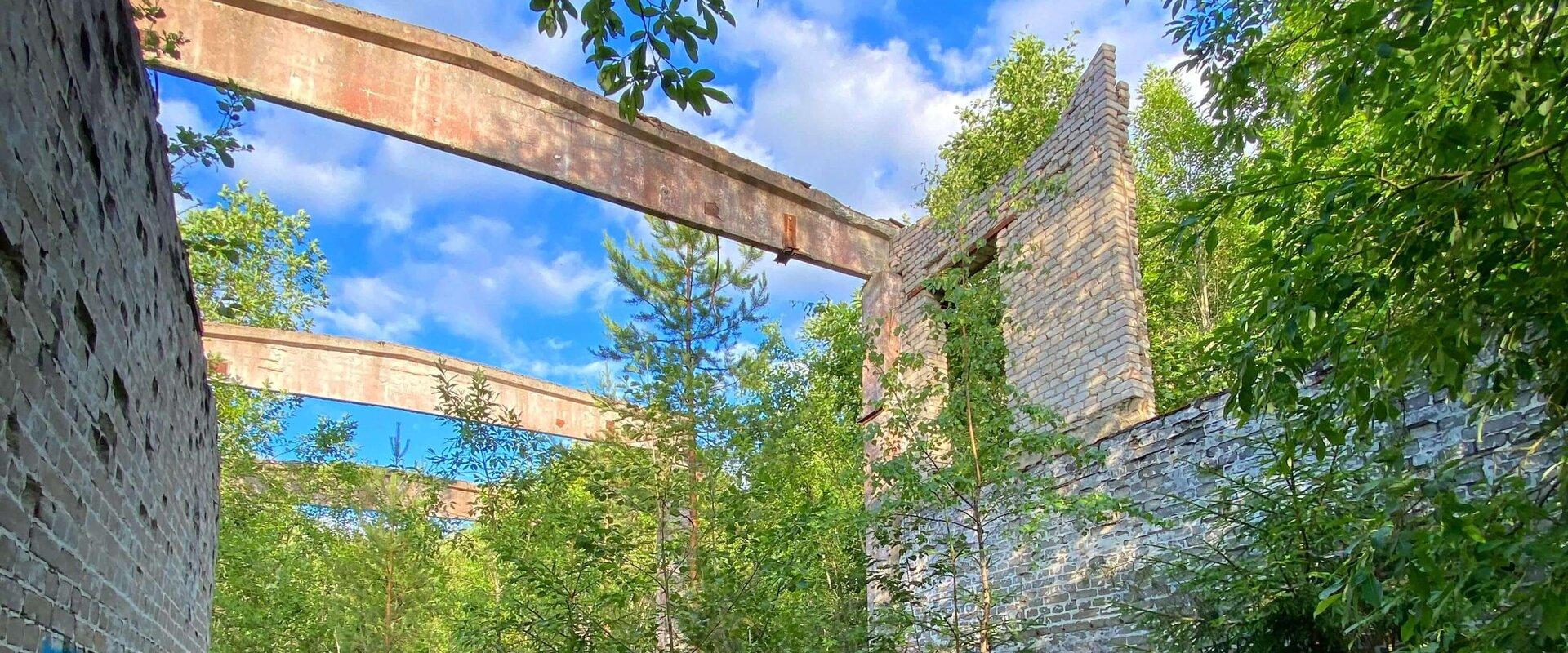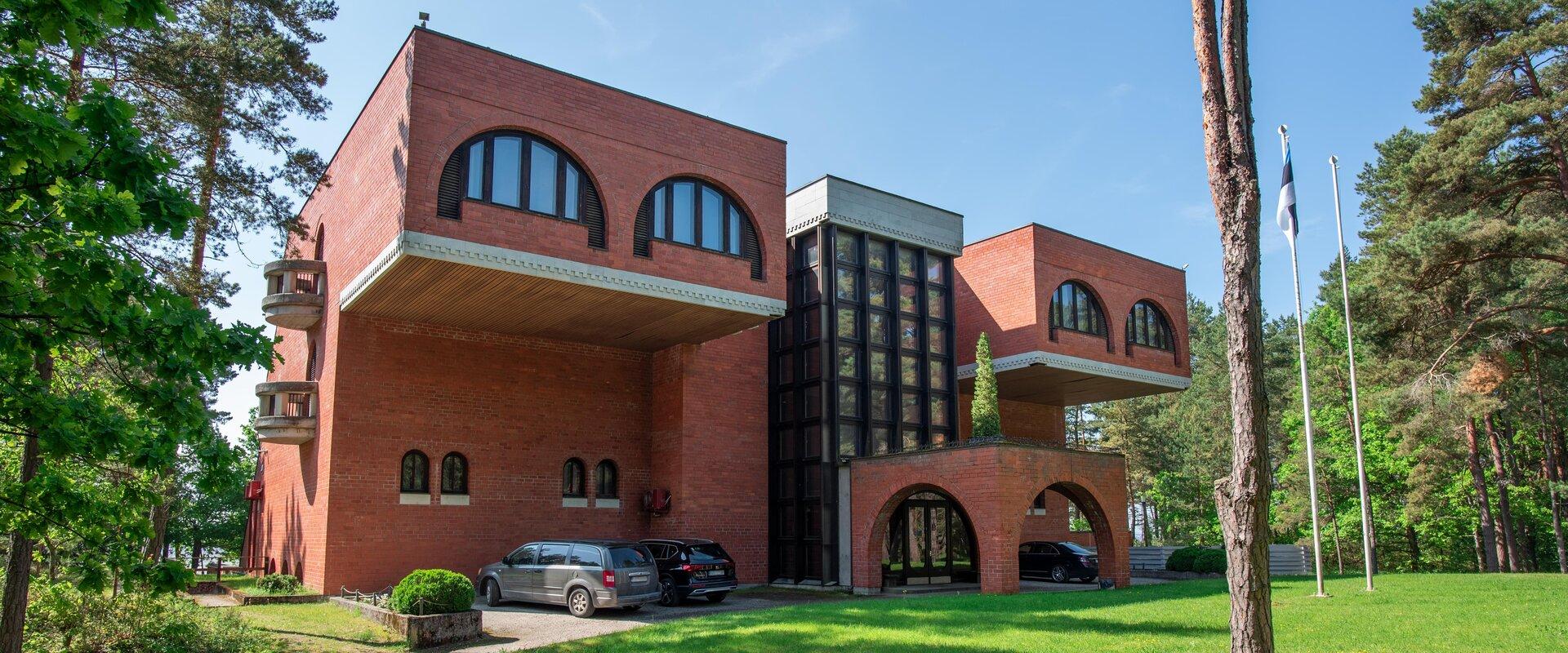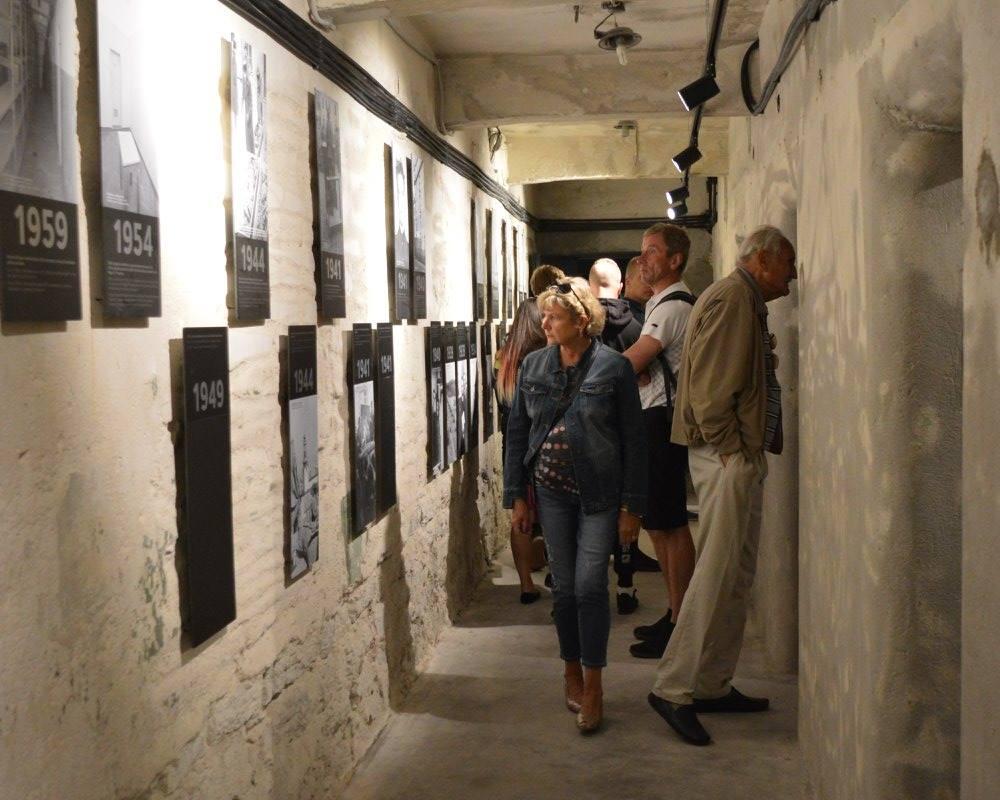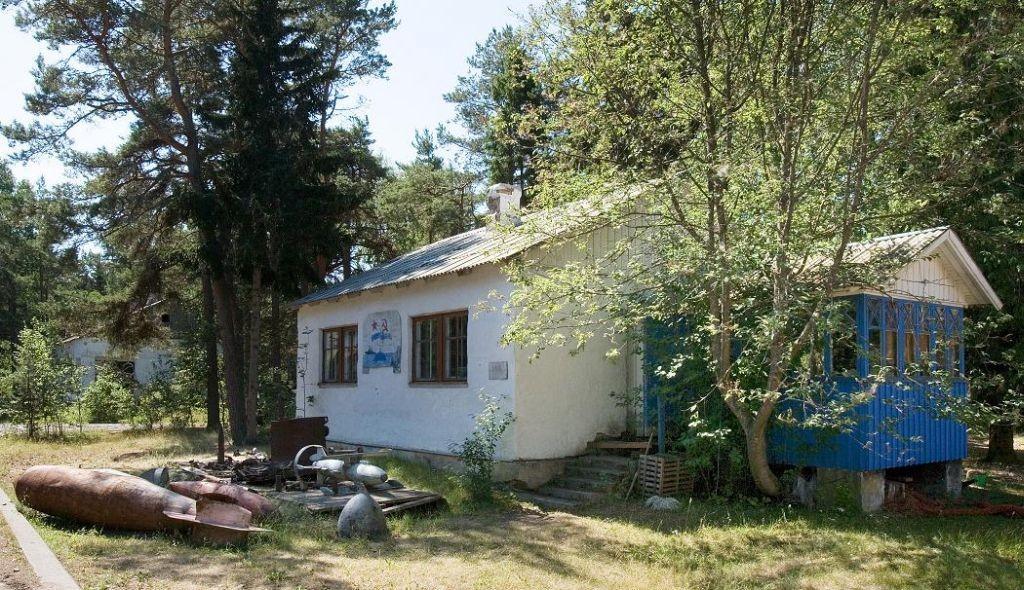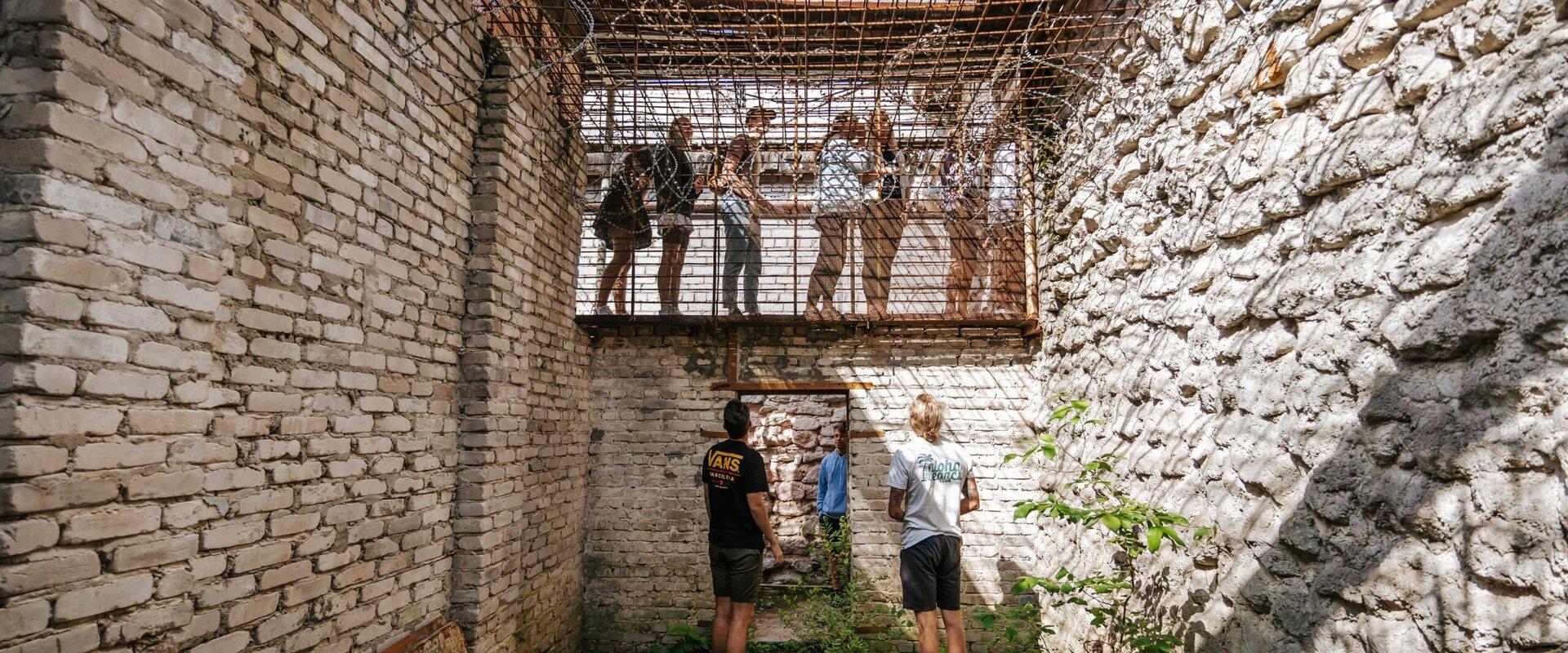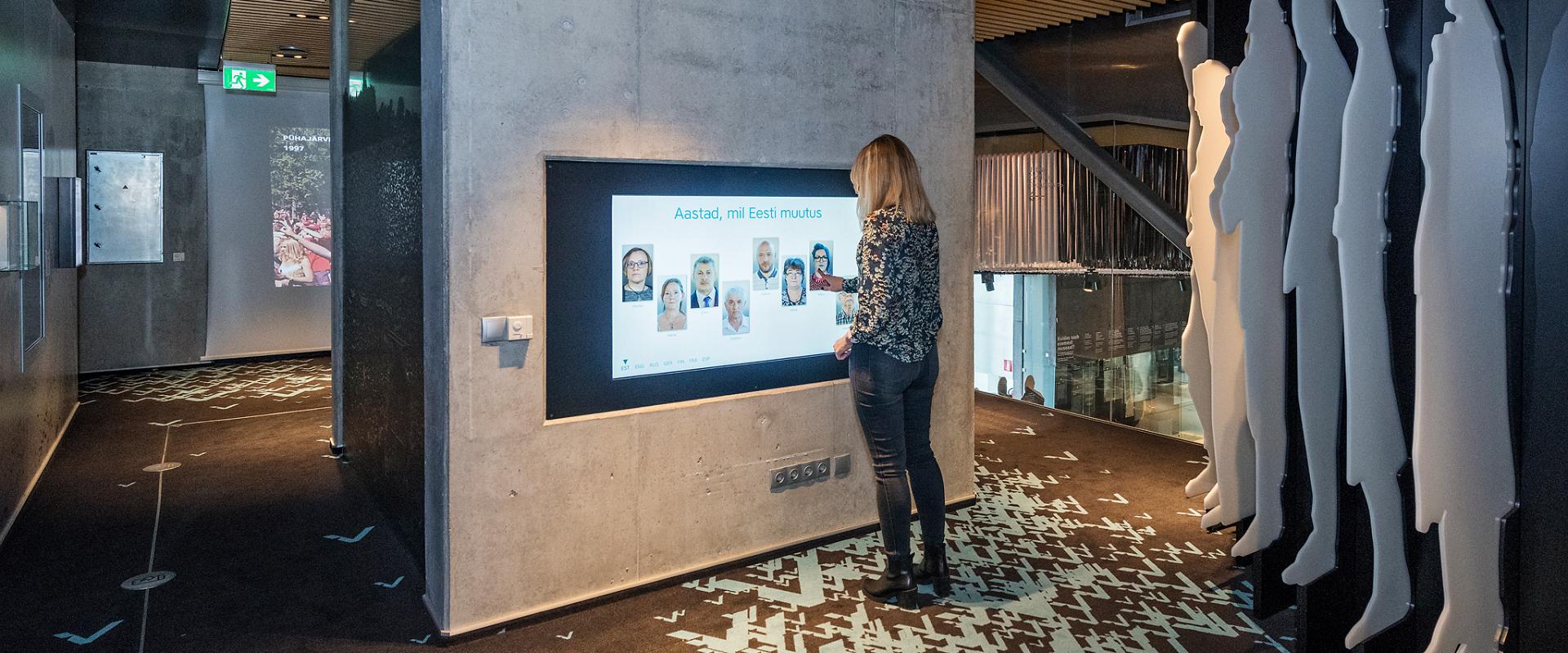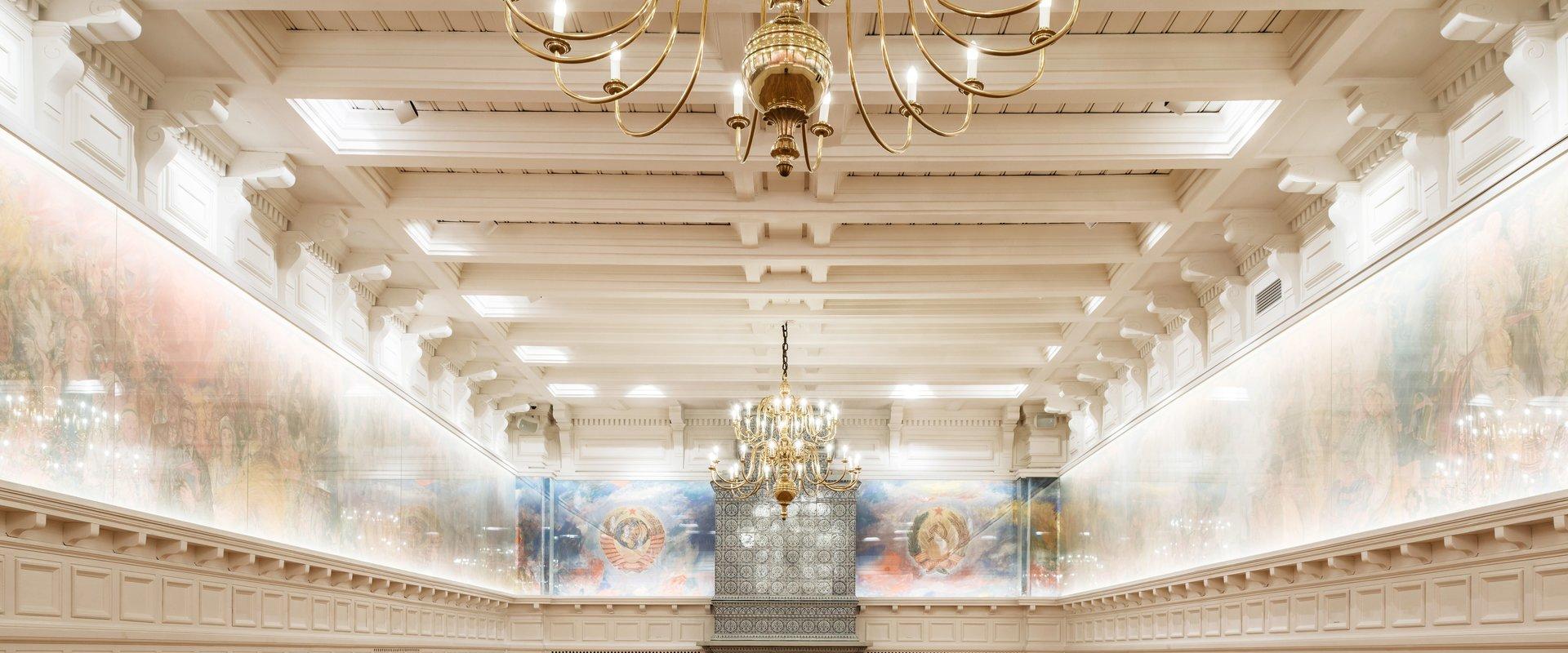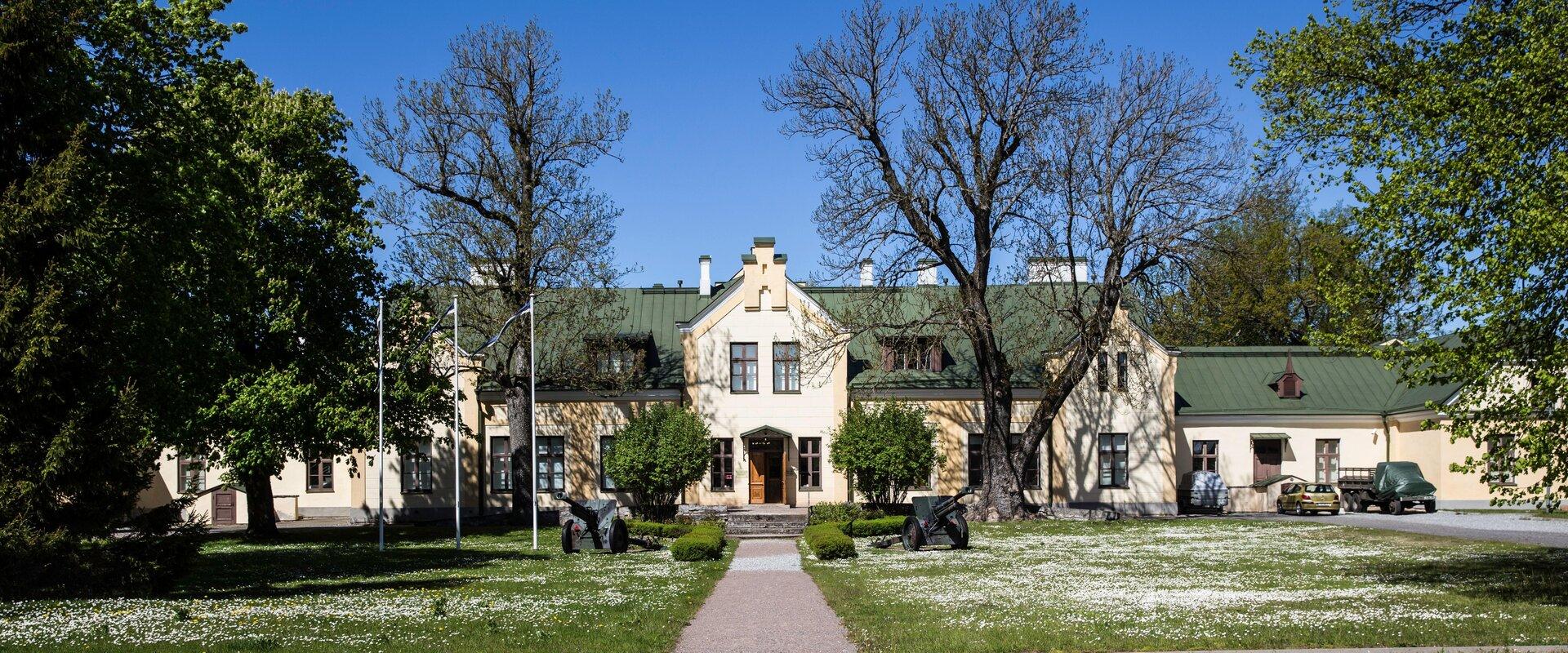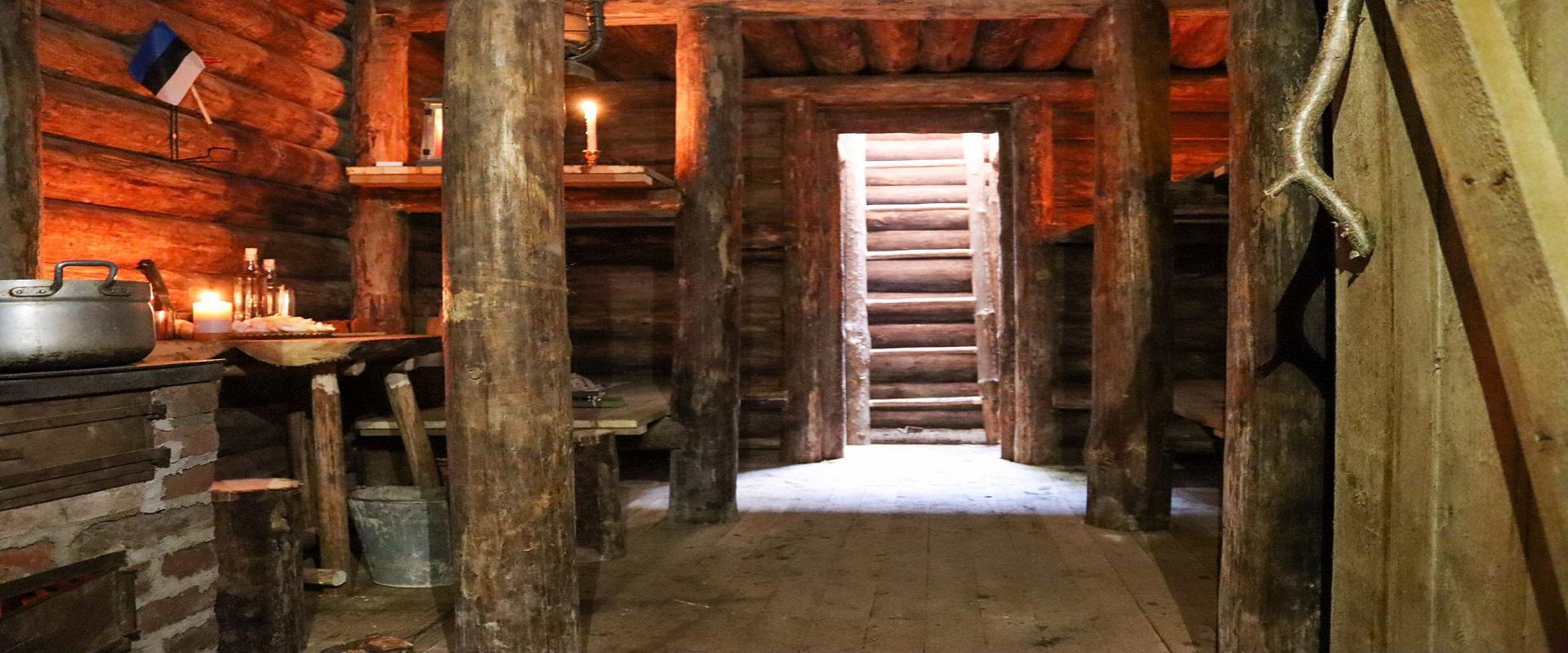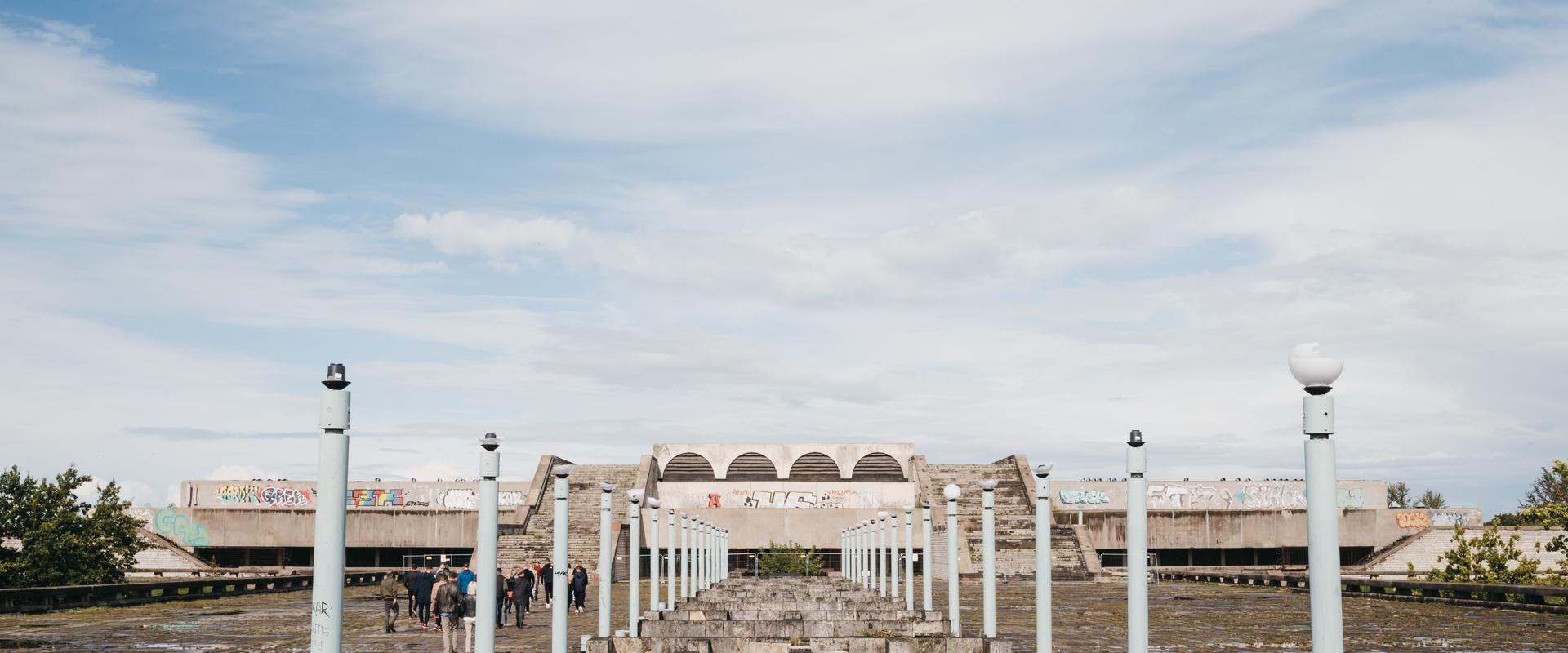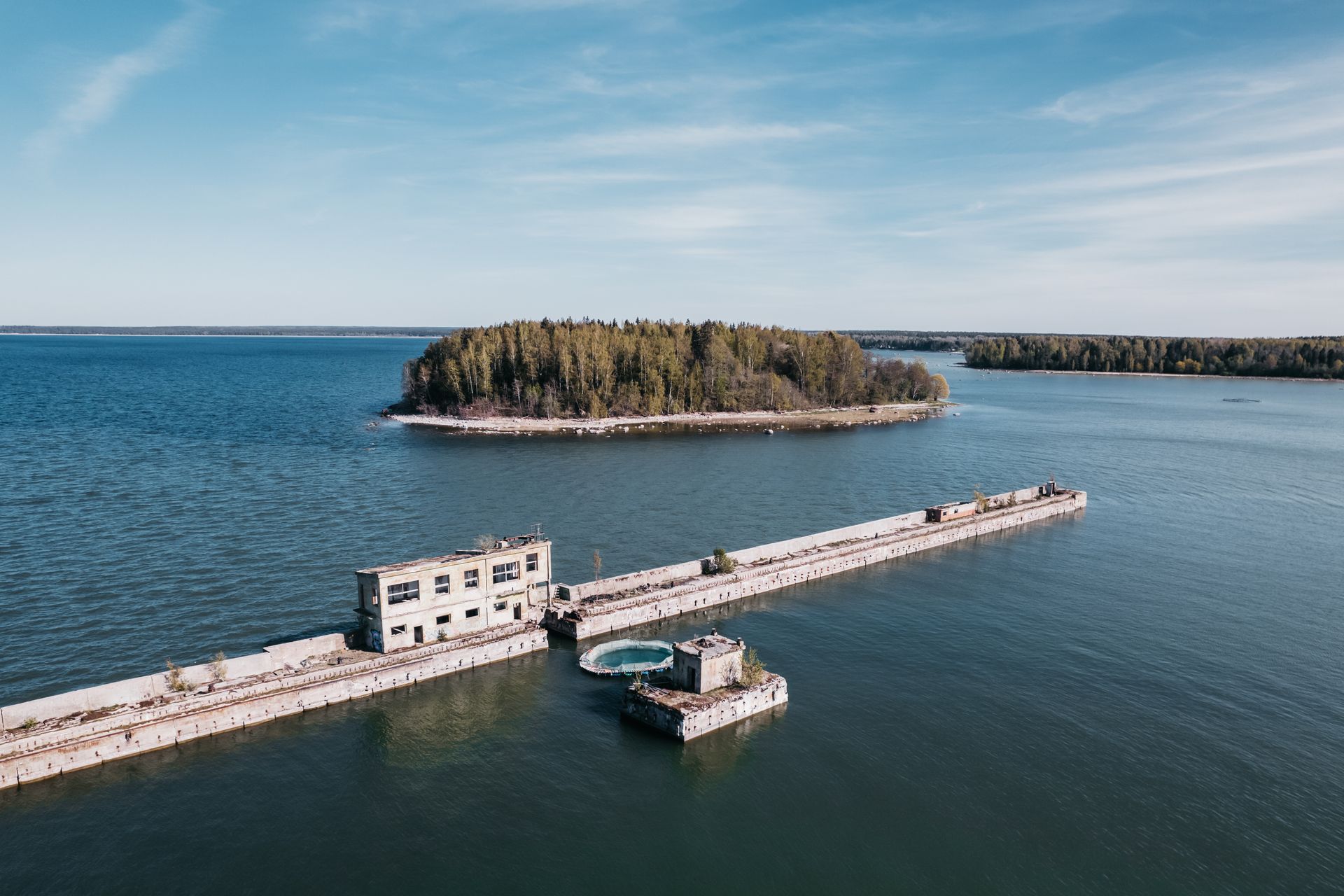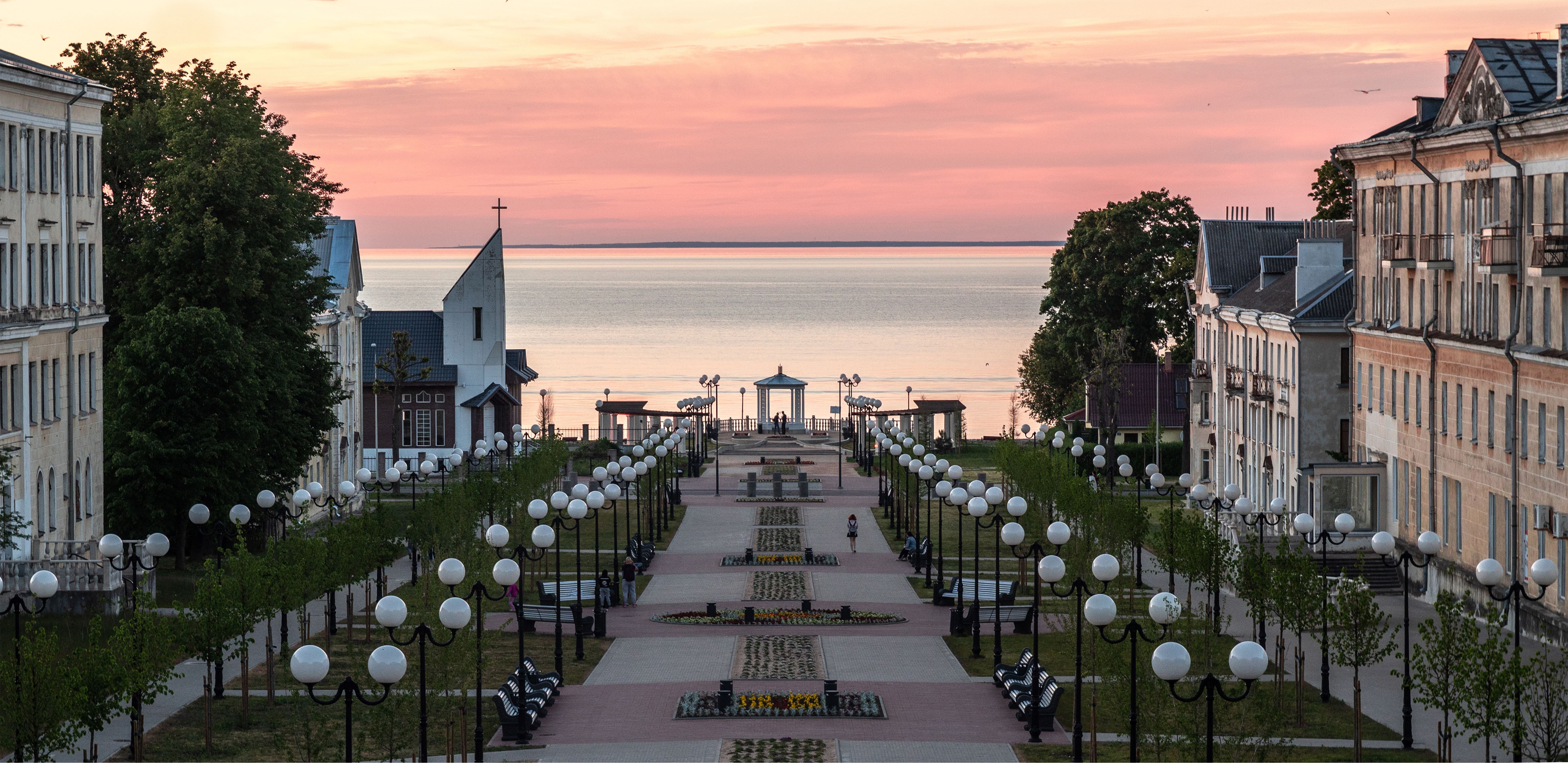
Renovation and ruins: Soviet-era buildings around Estonia
Some have been given new life, others have fallen into ruin. Either way, they tell the tale of Estonia's Soviet occupation in the twentieth century.
Some of Estonia's most striking structures were built during the decades spent under Soviet occupation.
Two main movements belong to this period: Stalinist Classicism during the 1940s and 1950s and Soviet Modernism from the 1950s to the 1980s.
These styles yielded iconic landmarks like the Tallinn Song Festival Grounds and the Tallinn TV Tower.
Due to its unique mixture of medieval European buildings and modern architecture, Tallinn was a popular filming location during the Soviet era. The 1979 cult classic Stalker was filmed there. Nowadays, Soviet-era architecture draws international film crews — such as those for the 2020 Hollywood film Tenet — looking for authentic backdrops for Cold War-era movies and TV shows.
Tales of resistance
From military bases that once limited access to the sea to enormous cultural constructions (often representing Moscow's control), it's not hard to see signs of the previous century's occupation around Estonia. Many buildings have even found appreciative audiences in architectural circles. Still, it's important to understand the historical context in which they were built, as the decades under Soviet control were also decades of resistance, at times direct, at times circumspect.
Head to one of these sites or go on a tour to learn more about Estonia's complex past.
Not only will they provide insight into the spots on your itinerary, but you'll also better understand the current conversations surrounding Estonia's urban development.

Time will tell
Preserve or destroy? Restore or rebuild? The future of many of these buildings remains unknown.
Some buildings have been successfully renovated and refreshed, such as Tartu's Soviet-era khrushchyovka apartment blocks built in the 1960s and 70s. They are now some of Estonia's most energy-efficient living spaces, and tourists visit the area to enjoy the large-scale murals painted on the buildings during renovation.
Other Soviet-era structures, especially many of the military sites in coastal areas, have been abandoned for decades, and the combined forces of Mother Nature and the gnashing teeth of time will gradually turn these ruins into rubble.
This happened recently on Sunday, August 25, 2024, when the graffiti-covered ruins used as an exhibition building on the docks of the Hara Submarine Harbour collapsed into the depths of the sea. Fortunately, the exhibition about the naval battle that took place off the Juminda Peninsula in 1941 had been evacuated from the premises the previous day after cracks began to appear in the structure.
The rest of the harbor's operations, including the cafe and glamping area, will continue, and the exhibition will be set up in a new temporary spot on the premises.
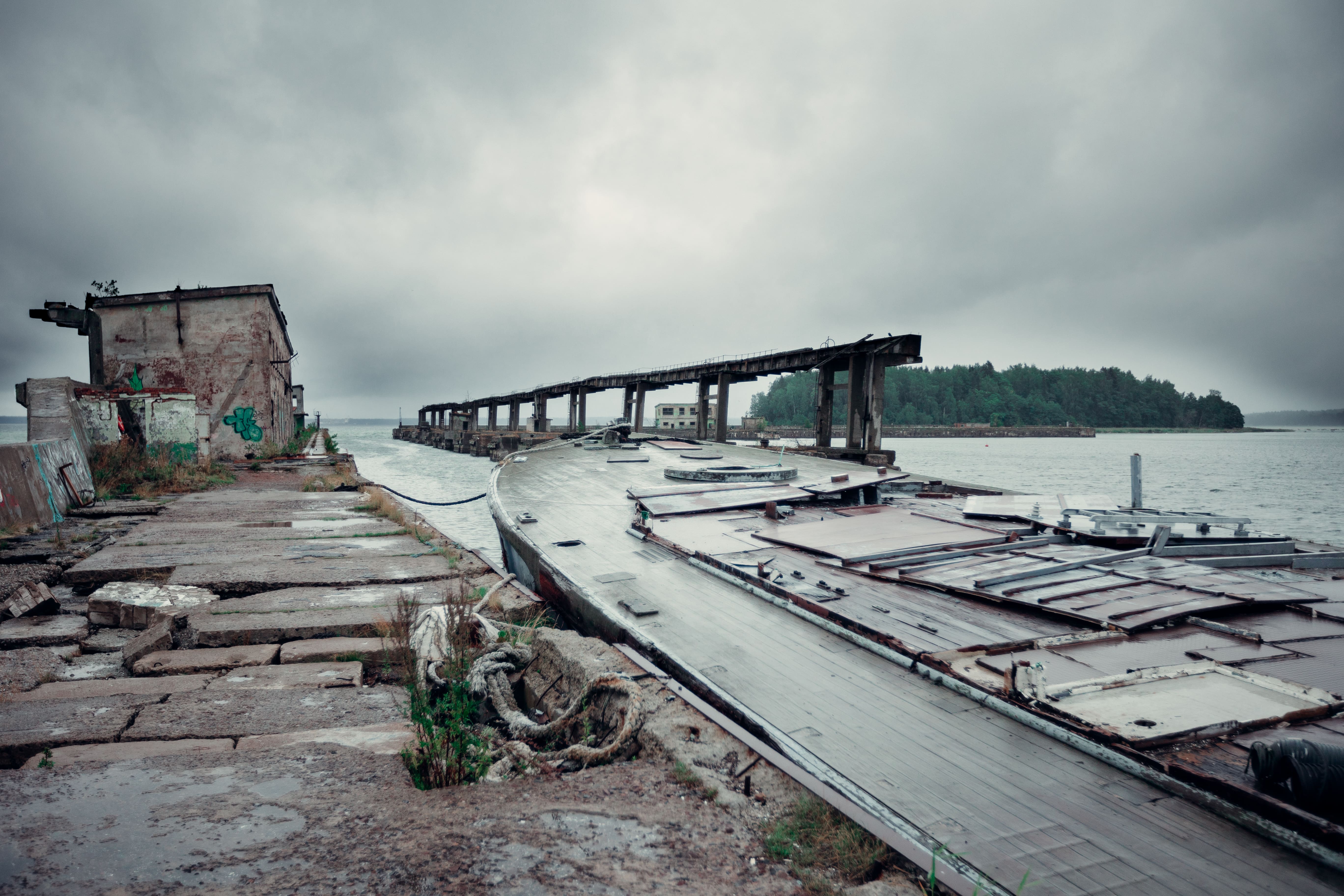
The area on the left side of the photo collapsed into the sea in August 2024.
Get inspired
Last updated
28.02.2025
